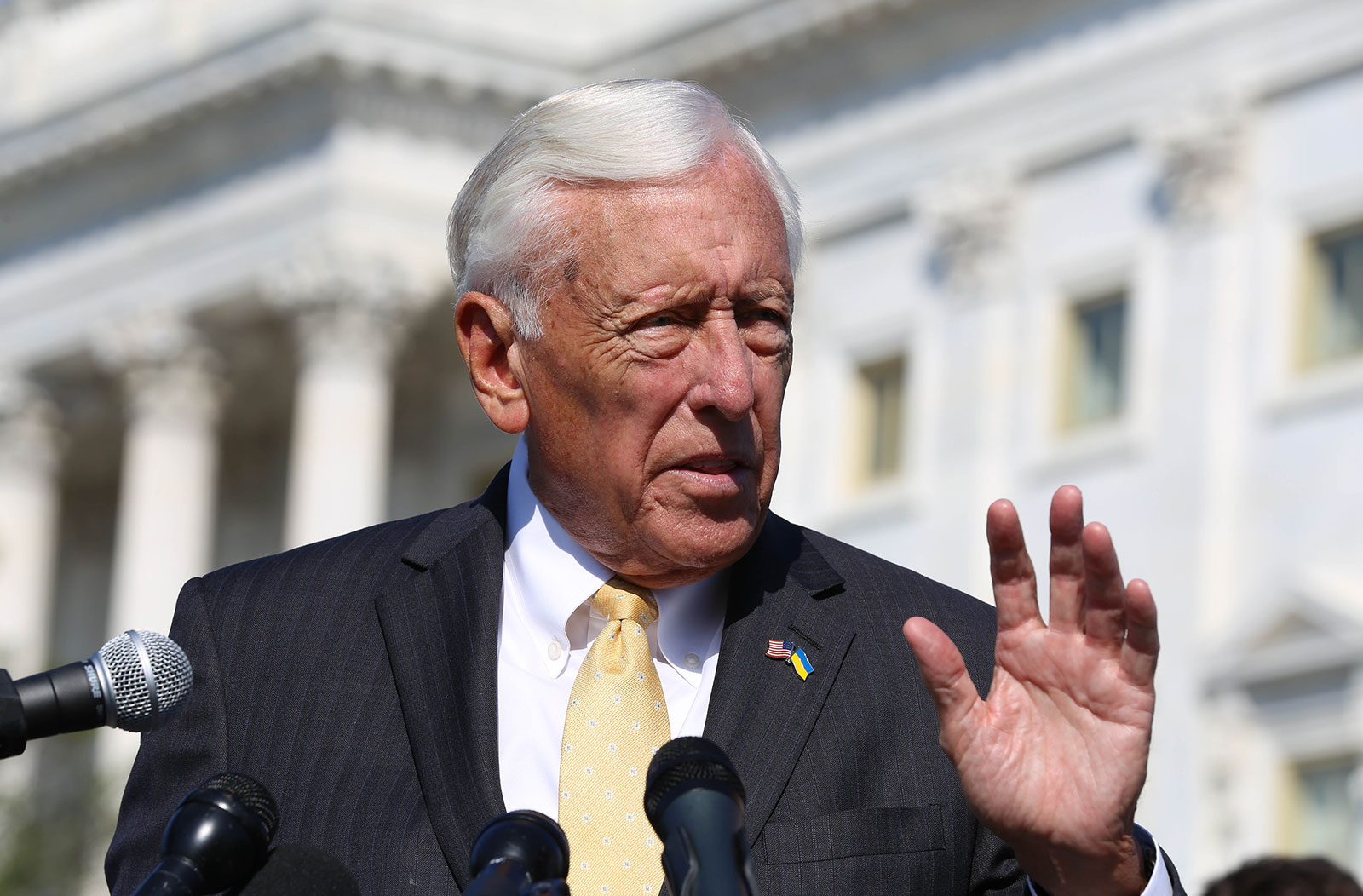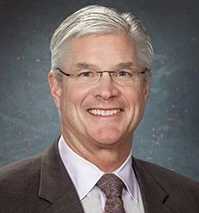Table Of Content
Another officer is the chief administrative officer, responsible for the day-to-day administrative support to the House of Representatives. After the whips, the next ranking official in the House party's leadership is the party conference chair (styled as the Republican conference chair and Democratic caucus chair). The Majority Whip is an elected member of the majority party who assists the Speaker of the House and the majority leader to coordinate ideas on, and garner support for, proposed legislation. They are reckoned as the third-ranking member of their party behind the Speaker and the Majority Leader. The minority leader has a number of formal and informal party responsibilities.
Passage of legislation
Also referred to as a congressman or congresswoman, each representative is elected to a two-year term serving the people of a specific congressional district. Among other duties, representatives introduce bills and resolutions, offer amendments and serve on committees. The number of representatives with full voting rights is 435, a number set by Public Law 62-5 on August 8, 1911, and in effect since 1913. The United States Congress didn’t rely on majority or minority leaders to conduct legislative business until the late 19th century as the two-party system took hold of politics.

Officers
The courts generally do not consider ballot access rules for independent and third party candidates to be additional qualifications for holding office and no federal statutes regulate ballot access. As a result, the process to gain ballot access varies greatly from state to state, and in the case of a third party in the United States may be affected by results of previous years' elections. The rules of the House generally address a two-party system, with a majority party in government, and a minority party in opposition. The presiding officer is the Speaker of the House, who is elected by the members thereof. Other floor leaders are chosen by the Democratic Caucus or the Republican Conference, depending on whichever party has more voting members.
Who controls the House? Get to know the balance of power in the 118th Congress
All committees have websites where they post information about the legislation they are drafting. After extensive debate, the framers of the Constitution agreed to create the House with representation based on population and the Senate with equal representation. Article 1, Section 2 of the Constitution provides for both the minimum and maximum sizes for the House of Representatives. Currently, there are five delegates representing the District of Columbia, the Virgin Islands, Guam, American Samoa, and the Commonwealth of the Northern Mariana Islands. The delegates and resident commissioner possess the same powers as other members of the House, except that they may not vote when the House is meeting as the House of Representatives.
How Does One Become The House Majority Leader?
Under suspension, floor debate is limited, all floor amendments are prohibited, points of order against the bill are waived, and final passage requires a two-thirds majority vote. Rep. Jim Clyburn, D-S.C., who is 82 and has served in party leadership, said Tuesday night the shift taking place with the current slate of leaders stepping aside to make way for a new generation has been in the works for several years. Rep. Hakeem Jeffries, D-N.Y., ran unopposed for the position of House Democratic leader. He replaces Rep. Nancy Pelosi, D-Calif., who announced she would not run for the top leadership post after Democrats lost control of the House in the midterms. Before Jeffries’ elevation, Clyburn was the highest-ranking Black man in Congress.
Republican rules identify generally comparable functions for their top party leader. In contrast, the Minority Leader is the undisputed leader of the minority party. For example, when the Republicans lost their majority in the 2018 elections, McCarthy was elected as Minority Leader and hence replaced Ryan as the highest-ranking House Republican. Since 1995, the only two Majority Leaders to become Speaker are John Boehner and Kevin McCarthy, though indirectly as their party lost control in the 2006 and 2018 midterm elections.
It took 15 rounds of voting to elect McCarthy into the position, the first time in more than a century that the process of electing a speaker took more than one ballot. Born in the Jim Crow south, Clyburn was a civil rights activist before entering politics. Elected to Congress in 1992, he quickly became a leading voice within the caucus, gaining prominence as the chair of the Congressional Black Caucus before joining the Democratic leadership team. Often operating behind the scenes, Clyburn is known for mediating disputes within his caucus and using his clout to advocate for Black leadership. For years, Clark and Jeffries worked in partnership, cementing their status as heirs apparent for the moment when Pelosi and her deputies stepped down. She is well-liked among the many caucuses and coalitions within her party and her colleagues have praised her as someone who always keeps in touch, a trait that will serve her well as Democratic whip.
3Elected Majority Leader on September 25, 1940, to fill the vacancy created when Majority Leader Samuel Rayburn was elected Speaker. From September 19 to 25, 1940, Representative Lindsay Warren of North Carolina served as the acting Majority Leader. The Rules Committee controls what bills go to the House Floor and the terms of debate.
The minority party offers opposition, but it is of marginal significance, typically because the minority is so small. The Democratic victories in the state House races could end the legislative gridlock that has defined the tied chamber for the past several months. The pair of seats have sat empty since late November last year after former state Reps. Kevin Coleman, of Westland, and Lori Stone, of Warren, were sworn in as mayors of their respective hometowns. Democrats currently hold a two-seat majority in the state House, and Republicans hold a five-seat majority in the state Senate. Perry was a former chair of the Freedom Caucus, one of the most conservative factions of the Republican Party, with members including Florida Rep. Matt Gaetz and Georgia Rep. Marjorie Taylor Greene. Perry was also a key figure in efforts to overturn the results of the 2020 election.
Republicans currently hold a majority in the Senate, and Democrats are hoping to flip at least three seats to make it 25-25, giving them the majority via a tie-breaking vote from Democratic Lieutenant Gov. Austin Davis. The senators voted against considering the first article of impeachment, with one Republican, Sen. Lisa Murkowski of Alaska, voting present. Pelosi tapped Jeffries to serve as an impeachment manager for the Senate trial in January of 2020 — a high profile position for those who would prosecute their case on national television. Crow was on the team and recounted a tense moment during the Senate trial when a protester burst into the chamber during Jeffries' presentation and it was unclear if he had a weapon or would threaten the lawmakers inside. Pelosi praised the leadership team following the caucus election Wednesday, saying the new leaders will "reinvigorate our Caucus with their new energy, ideas and perspective."
House Republicans oust Majority Leader Megan Blanksma from leadership role • Idaho Capital Sun - Idaho Capital Sun
House Republicans oust Majority Leader Megan Blanksma from leadership role • Idaho Capital Sun.
Posted: Thu, 08 Feb 2024 08:00:00 GMT [source]
Republicans have not always followed this leadership succession pattern. In 1919, for instance, Republicans bypassed James R. Mann, R-IL, who had been minority leader for eight years, and elected Frederick Gillett, R-MA, to be Speaker. Initially, the Majority Leader was an appointed position, chosen by the Speaker. In 1899, Speaker David B. Henderson, a nine-term Republican from Iowa, selected Sereno Payne of New York to shoulder the responsibilities of serving as both Ways and Means chairman and Republican floor leader. When Democrats captured the majority following the 1910 elections, the party caucus maintained that dual arrangement, so that from 1899 to 1919, regardless of the party in power, whoever served as Ways and Means chairman also served as Majority Leader.
Only the presiding officer may be directly addressed in speeches; other members must be referred to in the third person. In most cases, members do not refer to each other only by name, but also by state, using forms such as "the gentleman from Virginia", "the distinguished gentlewoman from California", or "my distinguished friend from Alabama". The House also has the power to formally censure or reprimand its members; censure or reprimand of a member requires only a simple majority, and does not remove that member from office.
The position of Assistant Democratic Leader was established by Nancy Pelosi on January 3, 2011, and filled by Jim Clyburn to avoid a battle for whip between then-Majority Leader Steny Hoyer and then-Majority Whip Jim Clyburn. The title has undergone several name changes, with the title being known as the titular "Assistant Speaker of the House of Representatives" during Pelosi's second speakership; it is said to replace the Assistant to the Leader post first established in 1999; and previously held by Chris Van Hollen. The minority party offers strong opposition to majority party initiatives but does not counter with policy alternatives of their own. Five activities illustrate how minority leaders seek to accomplish this primary goal. With the Republicans holding a majority of seats and the Democrats holding a minority, the current leaders are Majority Leader Steve Scalise of Louisiana and Majority Whip Tom Emmer of Minnesota, Minority Leader Hakeem Jeffries of New York, and Minority Whip Katherine Clark of Massachusetts. Democrats will also have to win enough competitive races this fall to maintain control of the state House.













